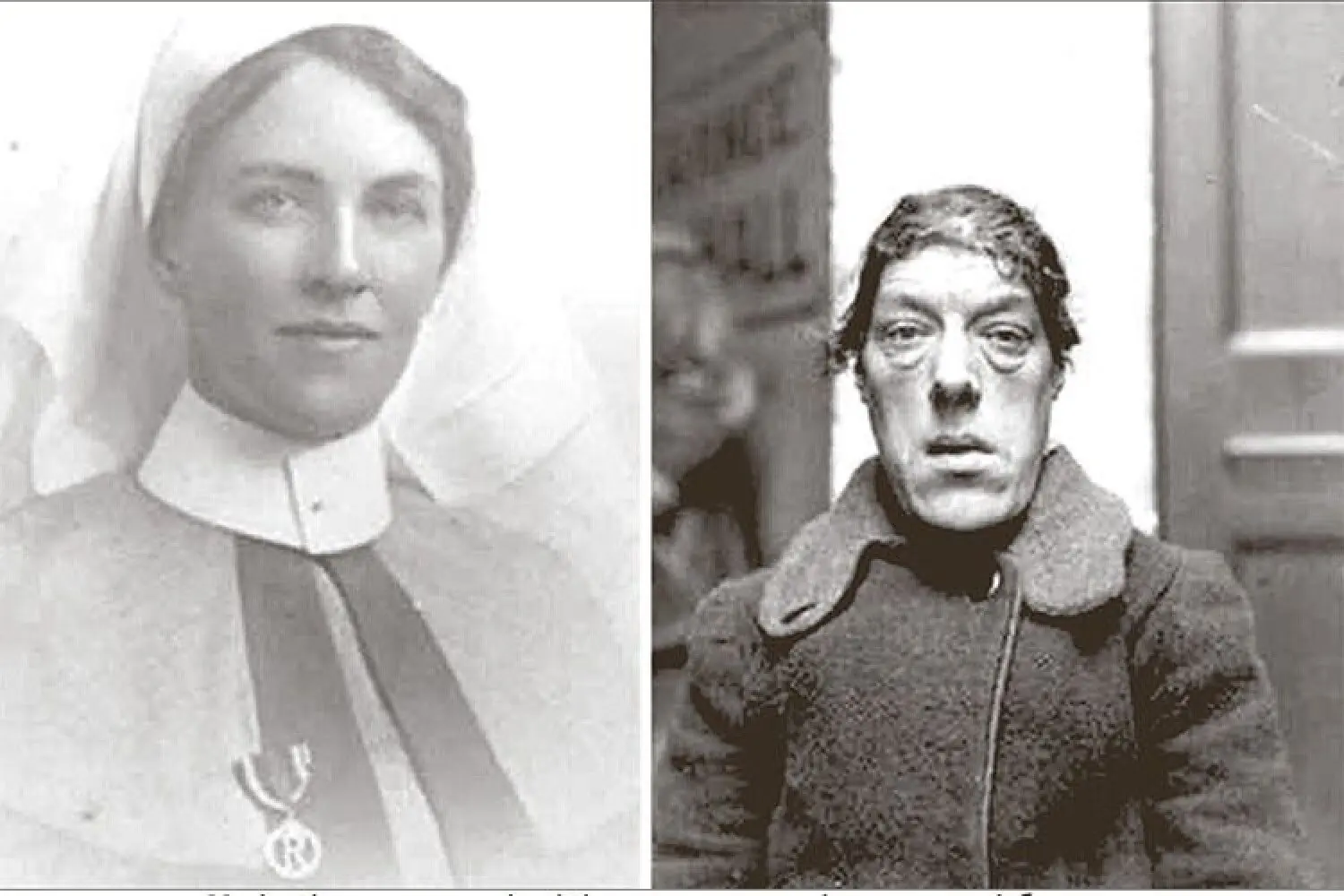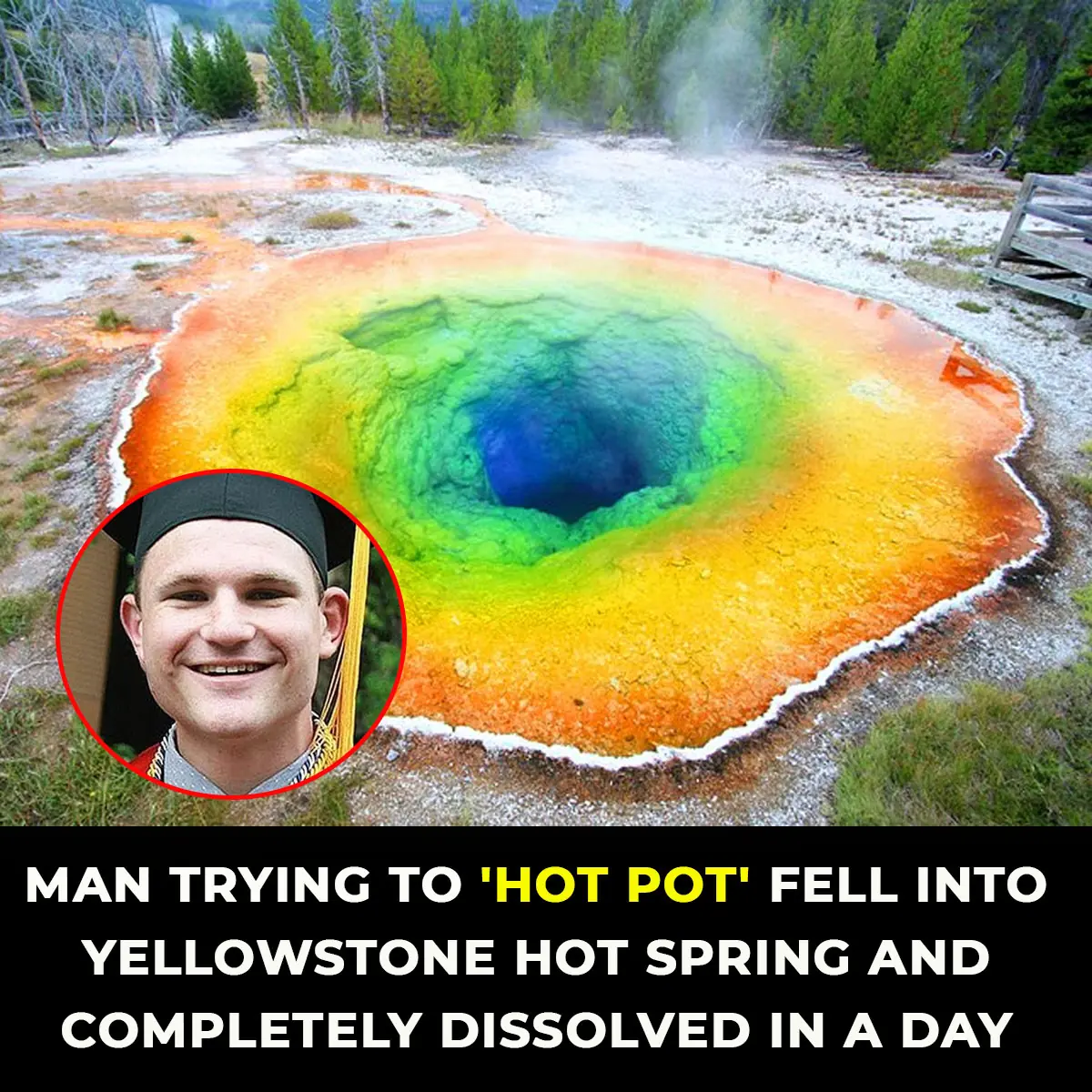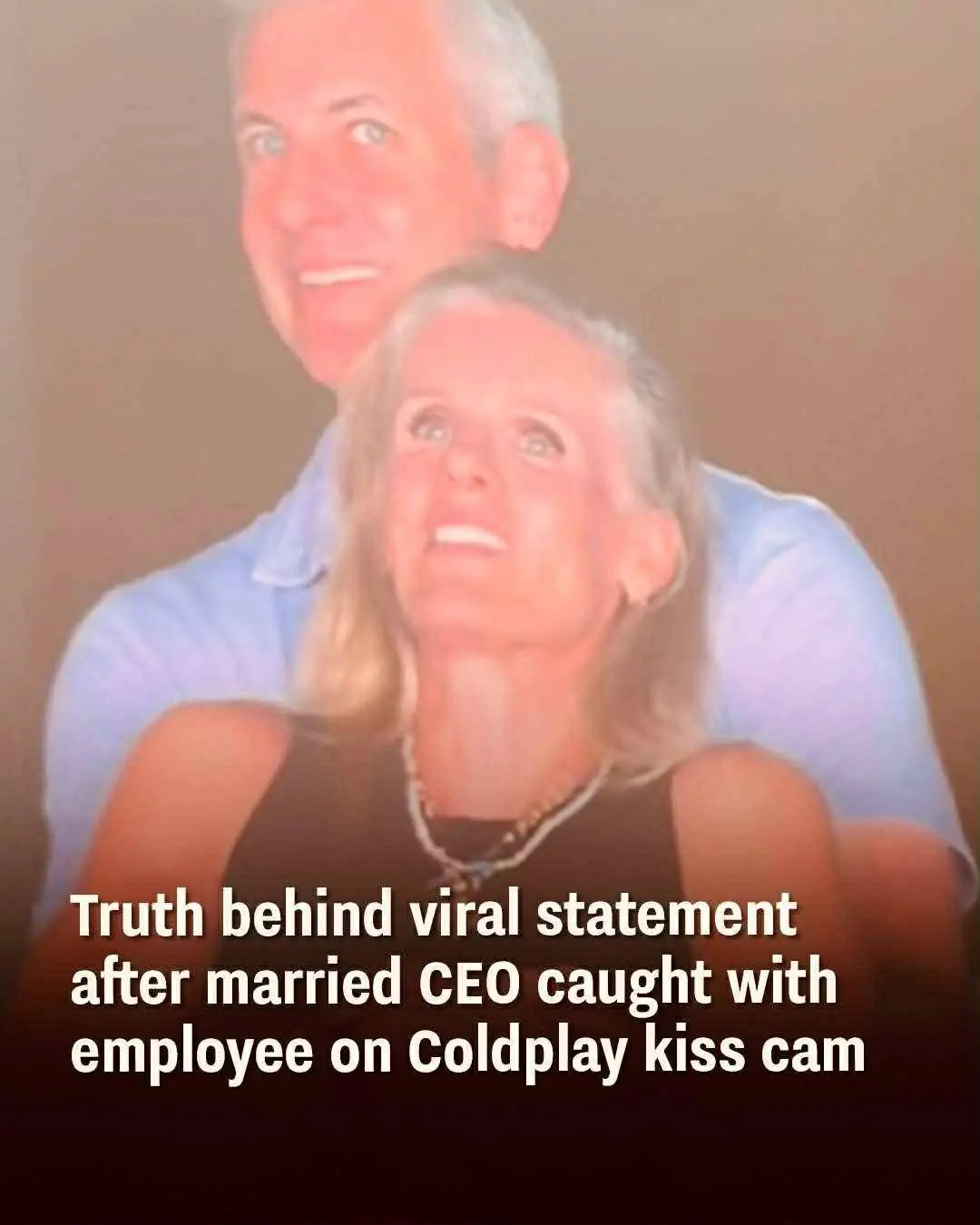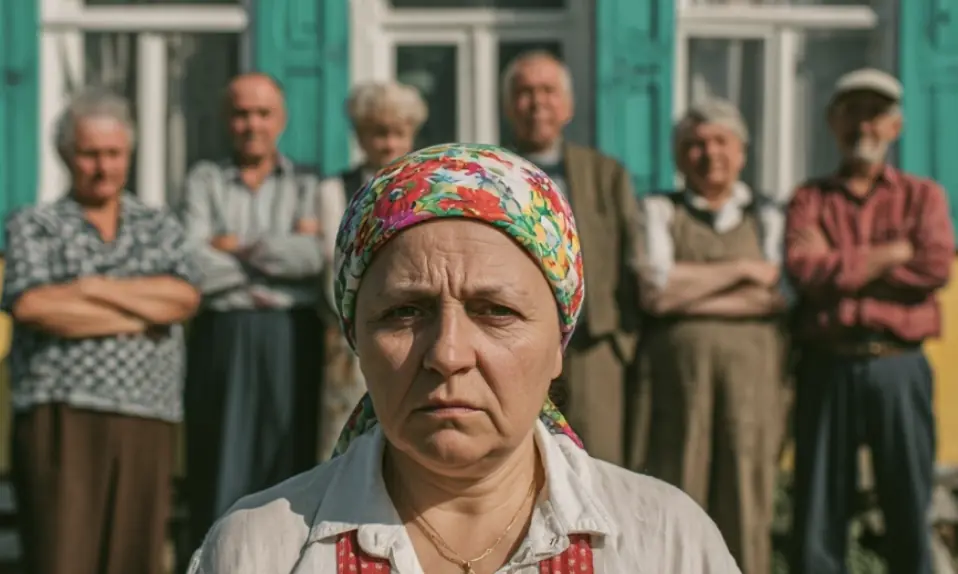
Scientists just found a breast cancer-killing molecule in scorpion venom

From Venom to Victory: How Brazil’s Bold Cancer Research Is Turning Nature’s Poisons into Powerful Therapies
Cancer continues to be one of the most daunting global health challenges of the 21st century. Among its many forms, breast cancer remains a leading cause of cancer-related deaths in women worldwide. Yet, amidst this ongoing battle, a ray of hope has emerged from one of the most unlikely sources imaginable: the venom of an Amazonian scorpion.
In a groundbreaking discovery, Brazilian scientists have identified a molecule from the venom of Brotheas amazonicus—a species native to the Amazon rainforest—that shows remarkable potential in fighting breast cancer cells. Even more impressively, its effectiveness rivals that of paclitaxel, one of the most commonly used chemotherapy drugs. This breakthrough is not just an isolated triumph, but part of a larger, rapidly evolving movement within Brazil to harness the biochemical diversity of nature in the search for next-generation medical solutions.

A Venomous Breakthrough: The Anti-Cancer Potential of Scorpion Toxins
At the heart of this scientific leap is a team from the Ribeirão Preto School of Pharmaceutical Sciences (FCFRP-USP) at the University of São Paulo. They have isolated a molecule dubbed BamazScplp1 from Brotheas amazonicus venom, which demonstrates cytotoxic effects on breast cancer cells. The primary mechanism behind this action appears to be necrosis—a form of cell death also induced by some traditional chemotherapy agents.
According to lead researcher Dr. Eliane Candiani Arantes, “Through bioprospecting, we identified a molecule from this Amazonian scorpion that acts selectively against breast cancer cells.” The molecule’s effects were found to be comparable to paclitaxel, indicating that venom-derived compounds could potentially offer a viable alternative or supplement to conventional treatments.
This discovery, unveiled during FAPESP Week France in June, is the latest in a string of advances pointing to the untapped therapeutic potential of animal-derived toxins. Similar bioactive peptides have been identified in other venomous species, but BamazScplp1 stands out for its high potency and the feasibility of lab-based production.
To avoid the ethical and logistical issues of extracting venom from live animals, the research team is using a method known as heterologous expression, in which the molecule is produced in genetically modified yeast cells (Pichia pastoris). This scalable approach supports future drug development and ensures sustainable sourcing.
The long-term vision is to create a new generation of biopharmaceuticals—targeted, biologically-derived treatments that could reduce the severe side effects often caused by broad-spectrum chemotherapy. Although BamazScplp1 is still in the early stages of research, its discovery underscores the rich medicinal promise hidden in nature’s most dangerous creatures.
Brazil’s Expanding Frontier in Venom-Based Biopharmaceuticals
Brazil’s exploration of venom-based medicine extends well beyond this single molecule. Across the country, a growing number of research institutions are leading a bold and coordinated effort to turn toxic compounds into healing agents.
A prime example is the Center for Translational Science and Development of Biopharmaceuticals (CTS), part of the Center for the Study of Venoms and Venomous Animals (CEVAP) at São Paulo State University (UNESP). This cutting-edge facility uses advanced molecular biology tools—including recombinant DNA technology—to produce therapeutic proteins from snake and scorpion venom without extracting them directly from the animals.
One of CEVAP’s most notable achievements is the development of a fibrin sealant made from rattlesnake venom enzymes and cryoprecipitate from animal blood. This biological adhesive mimics the body’s natural clotting process and has demonstrated potential in promoting nerve regeneration, healing bone fractures, and treating spinal cord injuries. Now in phase 3 clinical trials, the product is one step away from full regulatory approval.
The team has also cloned other venom-derived compounds, such as collinein-1, an enzyme, and CdtVEGF, a vascular endothelial growth factor that stimulates the formation of new blood vessels. Researchers are experimenting with combinations of these molecules to create an enhanced fibrin sealant with broader clinical applications and greater commercial scalability.
By integrating venom research with biotechnology and pharmacology, Brazil is emerging as a global leader in this niche but promising field. The country’s model demonstrates how high-tech labs, national coordination, and rich biodiversity can converge to create cutting-edge treatments that are both innovative and sustainable.

Theranostics: Merging Cancer Diagnosis and Treatment into One Precision Tool
While venom research holds immense therapeutic promise, Brazilian scientists are also pioneering a revolutionary approach in cancer care known as theranostics—a fusion of diagnostics and therapeutics in a single, highly personalized platform.
At the Cancer Theranostics Innovation Center (CancerThera) in Campinas, São Paulo, researchers are using radioisotopes to develop compounds that can both locate and destroy cancer cells. The process begins by tagging tumor-targeting molecules with radioactive elements. Depending on the type of radiation emitted (gamma, beta, or positrons), these tagged compounds can be used for high-resolution imaging or for targeted radiotherapy.
Professor Celso Darío Ramos of UNICAMP explains the technique simply: “We identify a molecule that concentrates on tumor tissue. Once it’s proven to bind effectively, we replace the radioactive isotope with one that can kill the cancer cells, allowing us to treat the disease precisely at its source.”
Theranostic techniques are currently being tested on a wide range of cancers, including thyroid, colorectal, gastric, and head-and-neck cancers. They are especially promising for cases where standard treatments—such as radioactive iodine for thyroid cancer—are no longer effective.
The rise of theranostics reflects a broader shift toward precision oncology, where every aspect of diagnosis and treatment is tailored to the unique molecular characteristics of the patient’s tumor. This approach minimizes collateral damage to healthy cells and increases the likelihood of a successful outcome.
Training the Immune System: Brazil’s Experimental Cancer Vaccines
Another front in Brazil’s multifaceted battle against cancer focuses on mobilizing the immune system through cancer vaccines. Researchers at the University of São Paulo’s Biomedical Sciences Institute (ICB-USP) are developing a novel vaccine that reprograms dendritic cells—the body’s immune sentinels—to recognize and destroy tumor cells.
The technique involves collecting monocytes from healthy donors and converting them into dendritic cells in the lab. These are then fused with tumor cells from patients, creating a vaccine rich in tumor antigens. Unlike earlier cancer vaccines that used the patient’s own cells and often resulted in immune tolerance, this new method provokes a stronger and more targeted immune response.
As lead investigator Dr. José Alexandre Marzagão Barbuto puts it, “The immune system sees this as a transplant, not as something familiar, and responds aggressively.”
This vaccine approach has already shown encouraging results in early trials involving patients with melanoma, glioblastoma, and kidney cancer. The team is now preparing for phase 3 trials—a critical step toward proving the treatment’s efficacy on a larger scale.
Cancer vaccines represent a promising addition to the growing arsenal of immunotherapies, offering patients a way to fight tumors from within, rather than relying solely on external interventions like surgery or chemotherapy.

Reimagining Nature as Medicine — A Call for Vision and Investment
Brazil’s emerging cancer treatments—from scorpion-derived peptides and snake venom-based adhesives to radiopharmaceuticals and immune-activating vaccines—paint a vivid picture of science inspired by nature and driven by innovation. Together, these diverse efforts signal a transformative shift in how we think about oncology: not as a battle fought with a single weapon, but as a multidimensional strategy rooted in biology, technology, and ecology.
However, these breakthroughs can only flourish with sustained investment in research and infrastructure. Drug candidates like BamazScplp1 will need years of clinical trials, biomanufacturing pipelines, and regulatory validation before reaching patients. Likewise, theranostics and vaccines require scalable platforms, interdisciplinary expertise, and strong public-private partnerships to make them widely accessible.
Protecting Brazil’s rich biodiversity is also central to this scientific mission. Each unexplored species could contain molecules with life-saving properties—making conservation not only an environmental imperative but also a public health priority.
Ultimately, the path forward will require continued collaboration between scientists, policy-makers, and industry leaders. For cancer patients, it offers renewed hope for safer, more effective treatments. For the world, Brazil’s trailblazing research stands as a powerful example of how the natural world—when respected and understood—can help us conquer humanity’s most formidable diseases.
News in the same category


Silent Walking’ Is The Latest Trend Gen Z Are Obsessed With

Man Folded In Half Stands Straight After 28 Years

Mary Ann Bevan: The Tragic Story of the ‘World’s Ugliest Woman’

Missing MH370 aircraft ‘found’ after Google Maps search

The Last Day Of Life On Earth Has Been Calculated By NASA, This Is How Long We Have Left

Calls for popular smartphone to be banned from planes after another device catches fire

Urgent warning issued to all iPhone users following release of iOS 18.6

Man Releases Chilling Never Seen Before Footage of Twin Tower Collapse

Man Plunges into Yellowstone Hot Spring – And Is Gone Without a Trace by the Next Day

Lip Reader Reveals Shocking Words CEO Said To Woman On Coldplay Kiss Cam

Truth behind viral statement after married CEO caught with employee on Coldplay kiss cam

Boy, 12, Dies After Attempting Viral ‘Blackout Challenge’—Family Issues Heartbreaking Warning

RV Park Owner Describes Terrifying Sound As Floodwaters Swept Families Away

Nuclear Strike Survival Guide: The First 10 Minutes Could Save Your Life

The Incredible Story of a British Airways Pilot Who Survived Being Ejected from a Plane for 20 Minutes

University Of Rhode Island Graduate, 22, Dies Hours After Eating Peanut-Contaminated Snack

Airline Tragedy Followed Cancer Loss: Sisters Orphaned In Catastrophic Week

Tragic selfie reveals hidden danger that took three young lives
News Post

This Military Sleep Method Helps You Fall Asleep In Less Than Two Minutes

13 Warning Signs of High Blood Sugar and 9 Ways to Take Control of Your Health

If You Have These Tiny Red Dots On Your Arm, Do Not Ignore The Warning Signs

The Truth About “Old Person Smell”: What Causes It And How To Get Rid Of It

Scientifically Proven Health Benefits of Lemons (Including Lemon Water)

Instructor Told Pilot To Turn Seconds Before Black Hawk Collided With Passenger Jet

Here’s What You Need To Know To Stay Safe Of The The Hidden Fire Risk Of Air Fryers

Wildfire Grows Into Megafire In Northern Arizona—Now Driving Its Own Climate

Mystery Space Object Might Be An Alien Ship Preparing To Strike Earth

Research Reveals Cells’ Ability of Deceased Organisms to Form New Life

Ethan Caldwell appeared to have everything—wealth, fame, and power. By the age of 42, he was a billionaire, having sold a booming tech startup at its market peak

The husband forgot to end the call. The wife overheard his conversation with his mother and filed for divorce the very same day.

If you drink cucumber water every morning, this is what happens to your body

Husband Leaves Pregnant Wife for Mistress — Eight Years Later, She Returns in a Helicopter with Their Twins…

If You Notice a Dark Ring Around Your Neck, Go See Your Doctor Immediately! This Is What It Means

— They came empty-handed — so drink water, — the relatives finally drove the hostess crazy.

Health Food & Nutrition Beauty Aromatherapy Animals

A Waitress Shamed My Grandma for Leaving 'Too Small' a Tip – I Made Her Regret It in the Most Unexpected Way

My MIL Secretly Made a Duplicate Key to Our House — What She Did There While We Were Away Stunned Me
